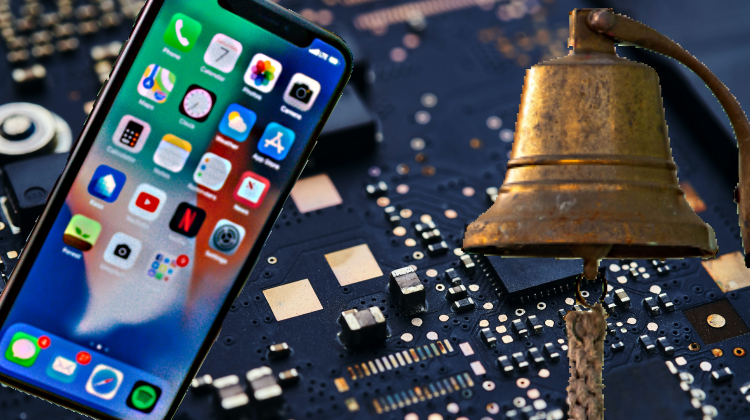
Everyone has a smartphone these days, and every company developing for smartphones is competing for your attention. It’s no wonder so many people struggle with focus.
On the internet, there are two main methods of getting data: push and pull. When you load a web page, you’re pulling the data from the internet servers. When you get an alert, data is getting pushed to you from the servers.
Most of our time is wasted because we like to pull data. We think of something we want to see, then request it from the internet servers. But what if we got rid of pulling data and just concentrate on pushed data? It would sure get rid of a lot of procrastination and mindless web surfing.
What does a computer system look like if we dialed back all the pulling and focused on pushing? It would be an alert-based computer system. It would be more like a traditional cellphone where you can get phone calls and texts, but you can’t surf the web. You would set the types of alerts you want to receive, then only consume content as it meets your alert requirements in real-time. No more picking up your phone to surf the web. Instead, you would just check your phone to see if any updates came in. If there’s no alerts, you can’t do much with your phone. You’d just have to get back to work.
Here’s how it would work:
Set it: You set what alerts you want to receive. These will be things like incoming texts, incoming phone calls, new emails, new breaking news, news about something specific, reminders, new releases, weather warnings, etc. You would also set how often you want your phone to check for each type of alert. You might want to check for things like texts, phone calls, breaking news, reminders, and weather warnings in real time. Other less urgent things like emails, regular news, and new releases might be checked every few hours, or even just once a day.
Forget it: Now you wait. You won’t be able to do much with your alert-based phone. All you can really do is open up alerts as they come in. If no new alerts came through, you just have to put your phone down and continue doing what you were doing before. Your phone will no longer be a tool for procrastination.
Such a system can be extremely simple. It can be connected to the Internet of Things (IoT), which includes home appliances, security systems, all of your electronic devices, and voice control systems like Amazon Echo or Google Home. You can receive alerts from any of your other devices if there is something that requires immediate attention (like someone is at your door, or if you accidentally left your refrigerator door open, or if your vehicle has left your property).
The neat thing about this idea is that you don’t have to invent it or wait around for Google or Apple to create it. You can recreate most of these features on your smartphone today by taking some tough decisions and maintaining some discipline about device use. Here are a few steps you can take to kill procrastination and take back your work time:
- Delete all time-wasting apps from your phone like social media apps and entertainment apps. If you don’t want to go the extreme route of deleting them, you can move them into a folder off the main screen of your phone. Keep only apps that have a specific, useful purpose.
- Turn off all notifications on your phone except the urgent ones (like receiving a new text message or phone call). Non-urgent notifications that you would still like to receive can be silenced, so you only see them when you pick up your phone.
- Create the habit of only using your phone to check for important alerts or if you have a specific urgent purpose for using it (like making a phone call or getting map directions).
There are clear benefits to having smartphone technology. But with every technology, there are pros and cons, use and abuse, benevolent uses and malevolent uses. By embracing an alert-based approach, we can make more conscious decisions in how we use our computing and time resources.
Leave a Reply